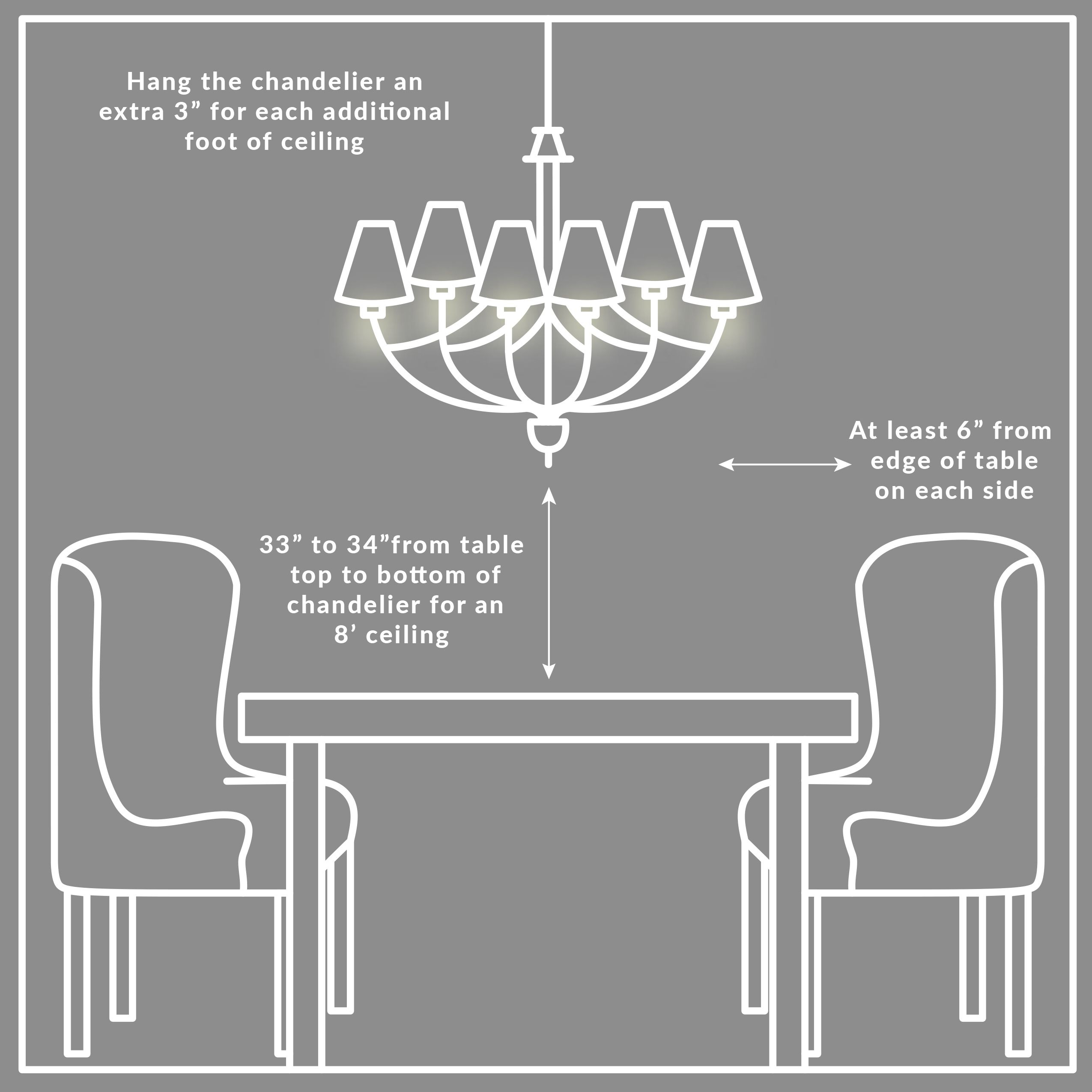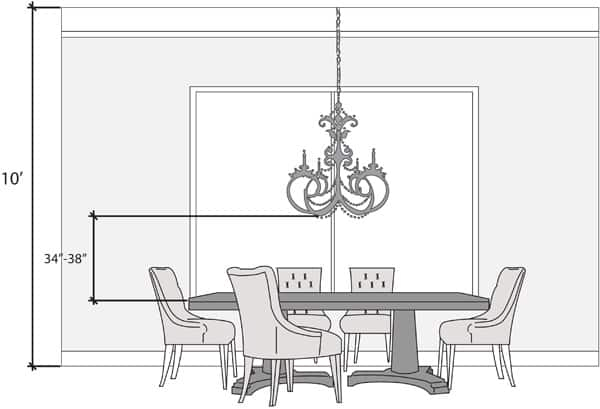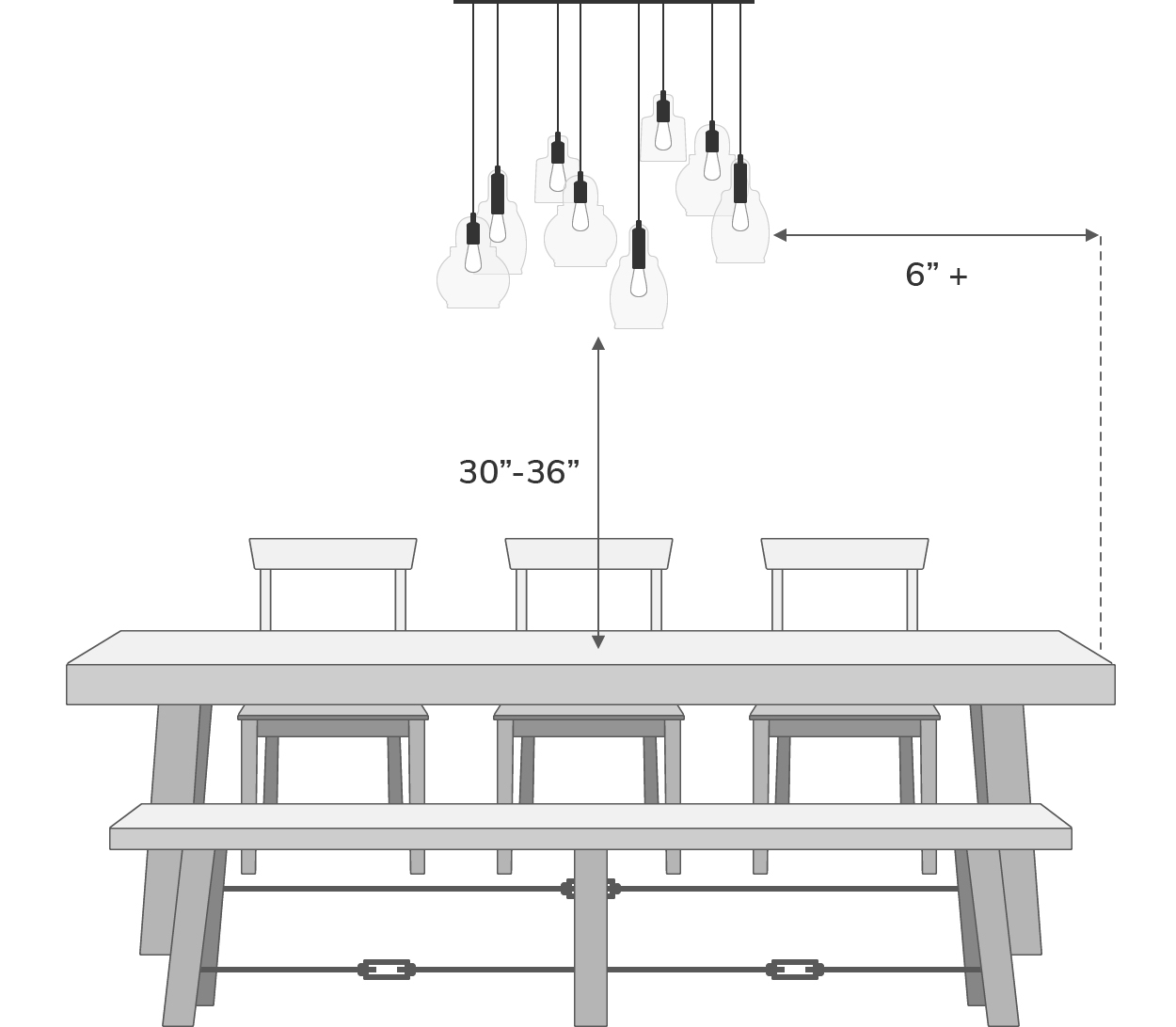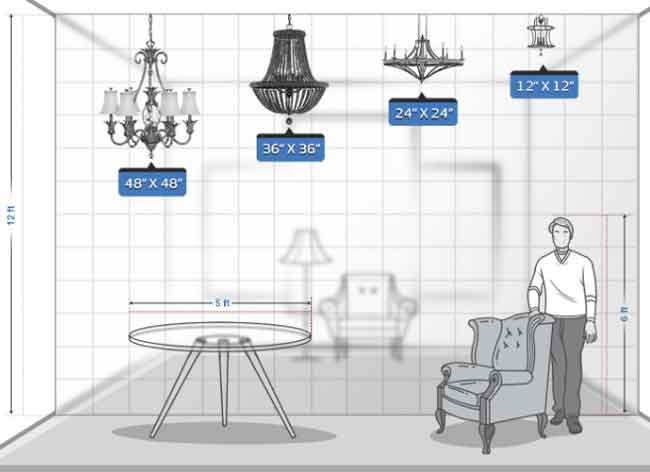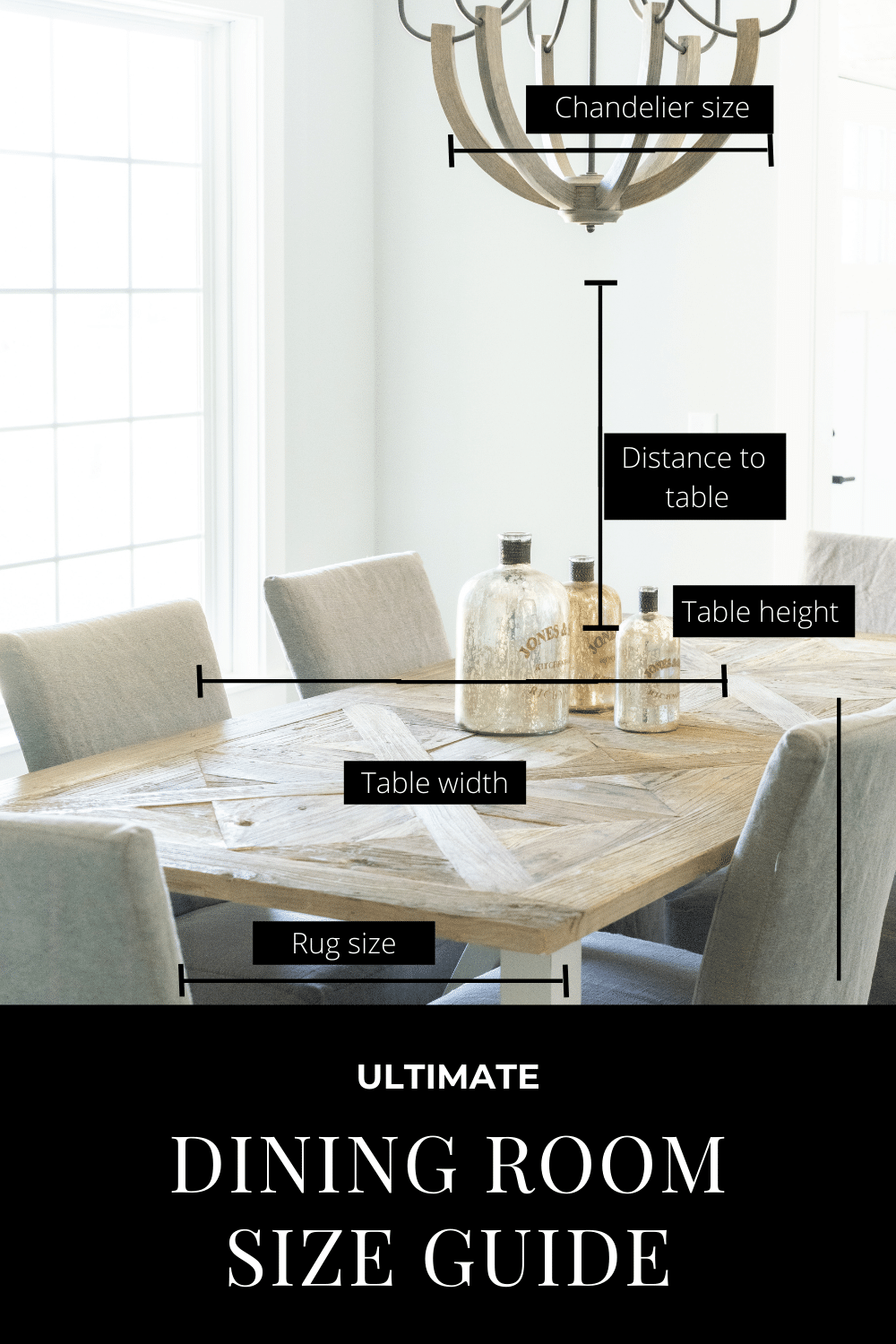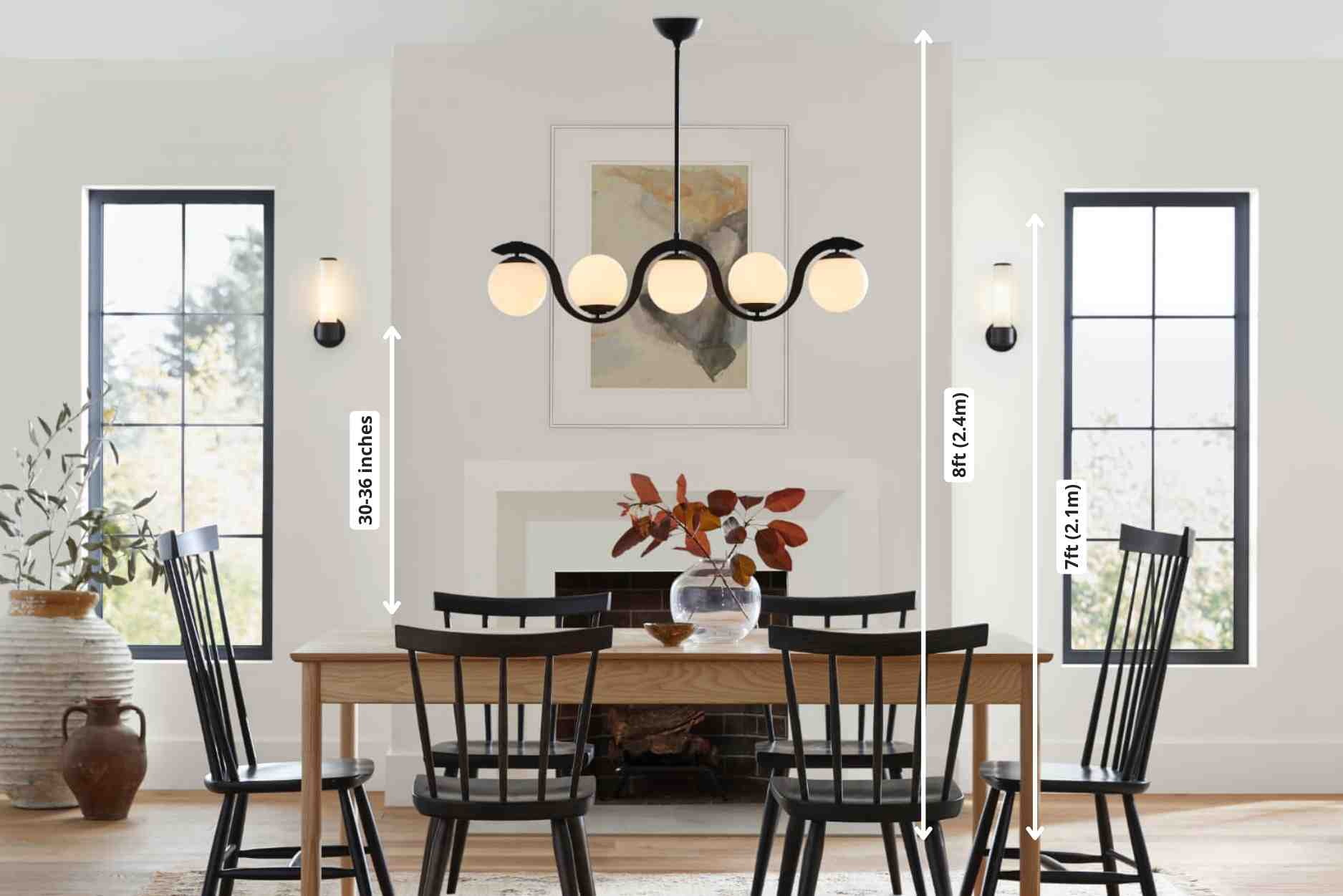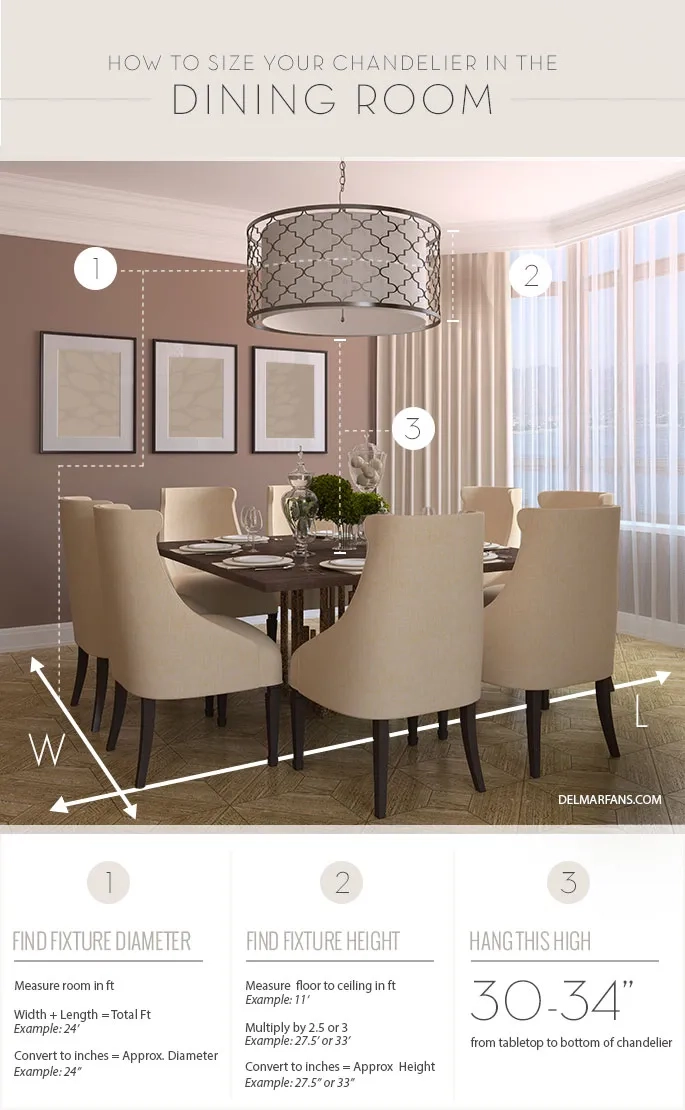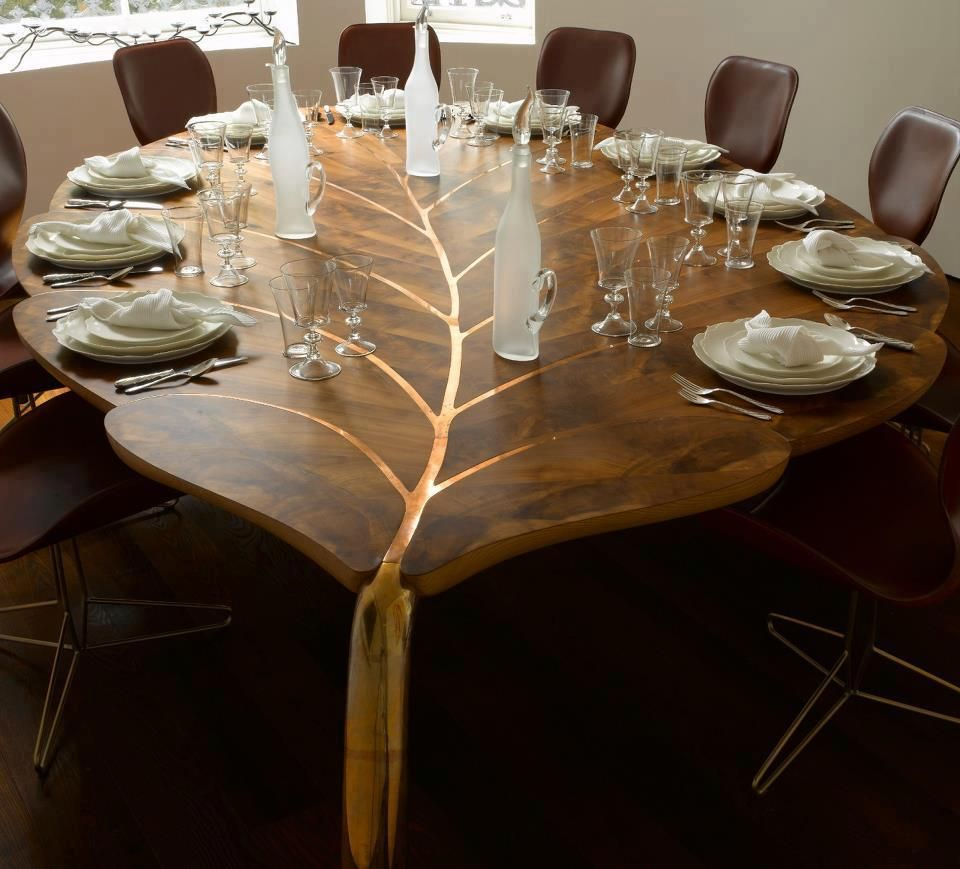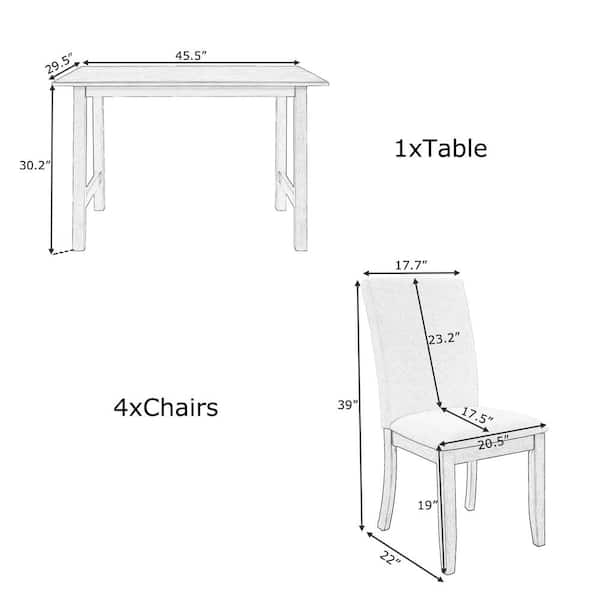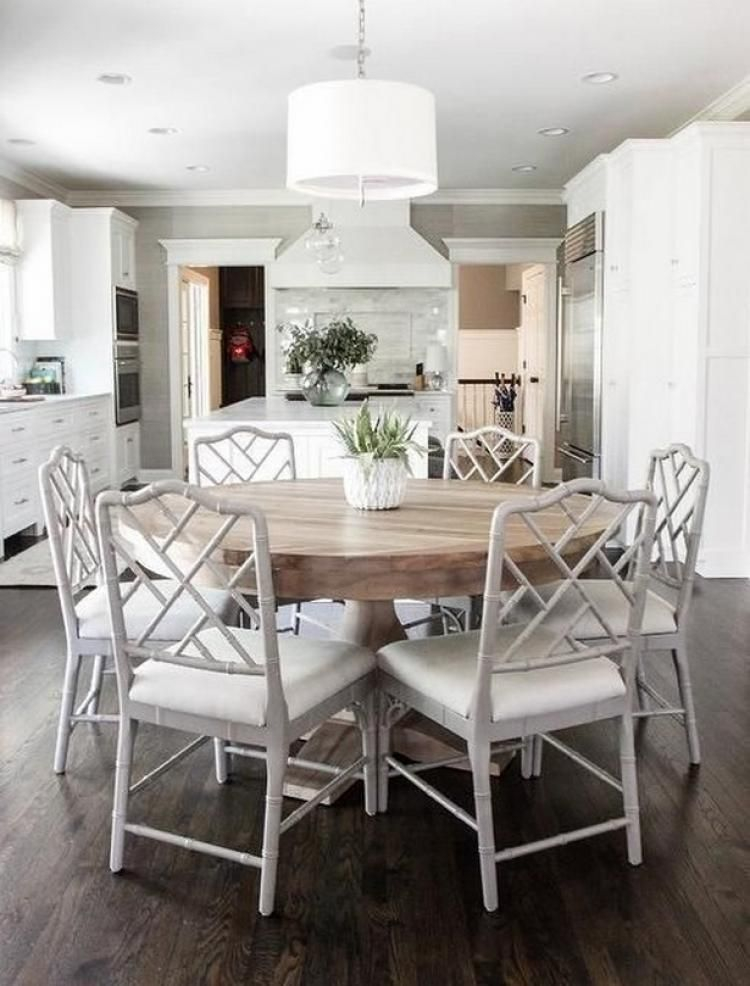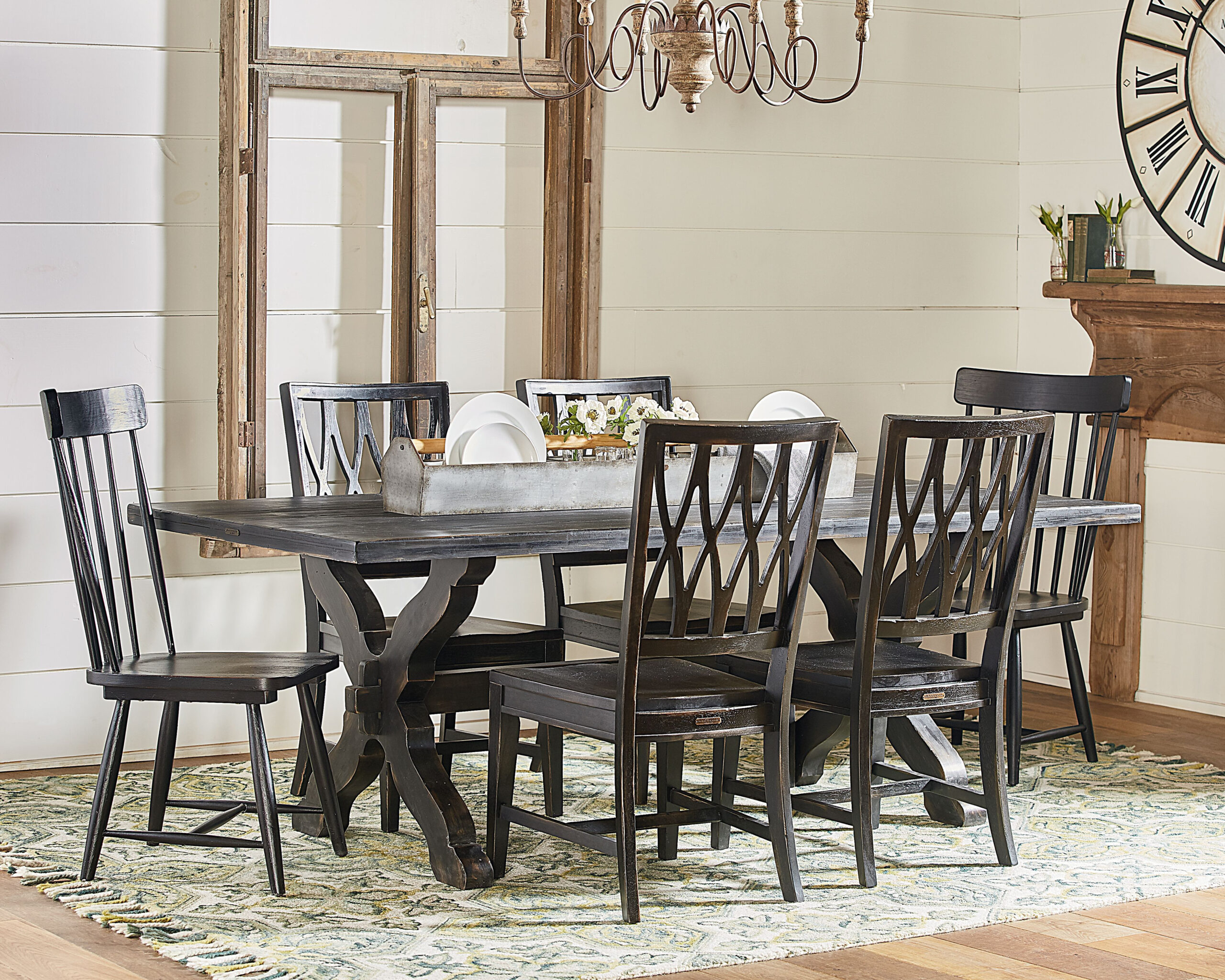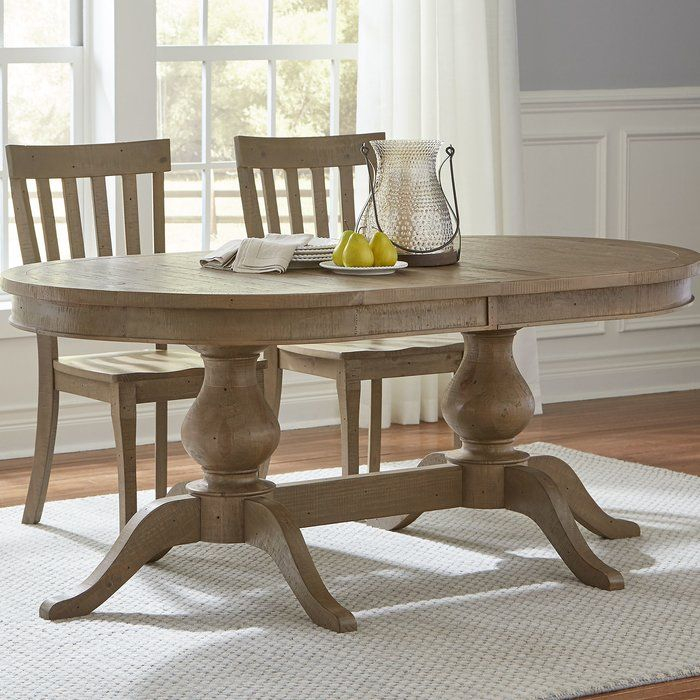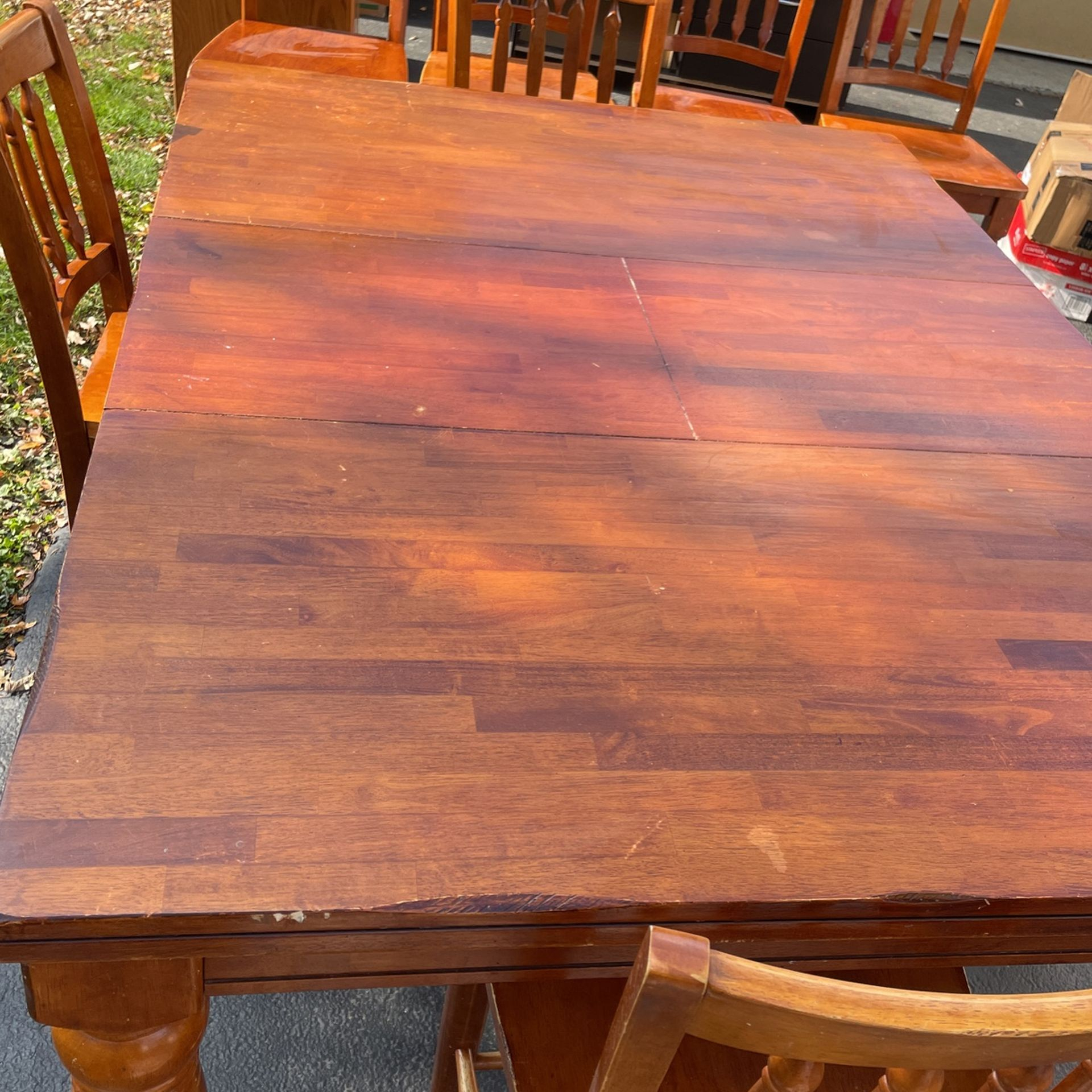Ever walked into a dining room and felt that something was just a little… off? Often, the culprit is an improperly hung chandelier. It’s more than just a light fixture; it’s the heart of your dining space, setting the mood and drawing the eye. Getting its height just right is crucial for both aesthetics and practicality. Let’s dive into how to make sure your chandelier shines in all the right ways.
You’ve picked out the perfect chandelier, envisioning it as the crowning glory of your dining room. But before you break out the ladder, pause for a moment. The height at which you hang it can make or break the entire look and feel of the room. Too high, and it feels lost, a mere afterthought. Too low, and it becomes an obstacle, a constant bump-waiting-to-happen or an impediment to conversation. Finding that sweet spot is key to unlocking your dining room’s full potential. It’s about creating harmony, ensuring good illumination, and making a statement that feels just right. Think of it as the final, essential brushstroke on your interior design masterpiece.
The Golden Rule: Clearance and Conversation
The most fundamental guideline for dining room chandelier height revolves around clearance. You want enough space for people to walk under it without ducking, and for them to sit at the table and converse comfortably without feeling like they’re dining under a spotlight that’s too close. Generally, the bottom of the chandelier should hang between 28 and 36 inches (about 71 to 91 cm) from the surface of the dining table. This range allows for good visual flow and prevents heads from bumping into it. For very high ceilings, you might go a bit lower, but always keep that 28-inch minimum in mind. It’s a simple rule, but it makes a world of difference. Imagine trying to pass a serving dish under a chandelier that’s too low – it’s awkward, isn’t it? This height range ensures that doesn’t happen.
Ceiling Height: The Biggest Factor
Of course, your ceiling height plays a massive role in determining the ideal chandelier placement. What works for an 8-foot ceiling won’t necessarily work for a 12-foot ceiling. For standard 8-foot ceilings, aiming towards the lower end of that 28-36 inch range, perhaps around 30 inches, is usually best. As your ceilings get higher, you have more flexibility. For 9-foot ceilings, you might push it to 32-34 inches. With 10-foot ceilings or higher, you can comfortably hang your chandelier around 36 inches or even a bit more, ensuring it still feels proportionate to the vastness of the space. A common mistake is hanging a chandelier too high in a room with a standard ceiling; it just looks undersized and disconnected. A good rule of thumb for higher ceilings is to consider the overall scale. You want the chandelier to command attention but not overwhelm. Sometimes, using a longer chain or extension rod is necessary to achieve this balance. It’s all about proportion, really. A chandelier that’s too small for a grand room can feel like a lost whisper, while one that’s too large can shout over your decor.
Chandelier Size and Tabletop Harmony
It’s not just about height; the size of your chandelier in relation to your dining table is equally important. A general guideline is that the chandelier’s diameter should be about half to two-thirds the width of your dining table. For example, on a 4-foot wide table, a chandelier with a diameter of 2 to 2.5 feet would be a good starting point. Once you have the right size, consider its visual weight. A large, ornate chandelier might need to hang slightly higher to avoid feeling too heavy in the space, while a more delicate, minimalist fixture can be hung a bit lower. Think about how the light spills out too. Does it illuminate the entire table? Or does it create harsh shadows? The interplay between the chandelier’s size, its height, and the table’s dimensions is what creates that perfect visual anchor.
Visualizing the Perfect Spot: A Practical Approach
So, how do you actually see where it should go? Before you drill any holes, use a piece of string with a weight attached, or even a balloon, to mimic the chandelier’s size and hang it from the desired spot. Step back, look from different angles, and imagine your furniture in place. Does it look balanced? Does it feel right? You can also use painter’s tape on the ceiling to mark out the diameter of your chandelier. This helps visualize its footprint and how it relates to the table and the room’s architecture. Another helpful trick is to measure the distance from the floor to the bottom of your chandelier when it’s at the recommended height. This gives you a clear benchmark. Don’t be afraid to experiment with temporary solutions. Sometimes, what looks good on paper doesn’t quite translate visually until you see it suspended.
Beyond the Table: Room Scale and Style
While the table is the primary focus, don’t forget the overall scale and style of your dining room. In a room with a very low ceiling, even the lowest acceptable chandelier height might feel intrusive. In such cases, consider flush-mount or semi-flush mount fixtures that hang closer to the ceiling. They offer a more streamlined look and are often a better solution for more compact spaces. Conversely, in a grand dining hall with soaring ceilings, a chandelier that hangs too high might look like a tiny speck. You might need a multi-tiered chandelier or one with a significant drop to make a proper impact. The style of your chandelier also influences placement. A very dramatic, large chandelier might look best centered and at the higher end of the clearance range, while a more understated fixture could be placed slightly lower. It’s a dance between function, proportion, and the overall personality of your room.
When to Break the Rules (and How)
While these guidelines are excellent starting points, design is an art, not a science. There will be times when you might deviate. Perhaps you have a unique architectural feature, or you’re going for a very specific, unconventional look. If you’re hanging a chandelier over an island or a buffet, the rules can shift slightly. For islands, the height is often determined by the counter height and the need for workspace illumination, typically around 30-36 inches above the surface. For buffets, it’s more about visual balance and creating a focal point, so you might hang it a bit higher than over a dining table. The key is to understand why the standard rules exist before you decide to bend them. Step back, assess, and trust your eye. If it looks good and feels right, that’s often the best measure.
Getting the dining room chandelier height just right is a blend of following established principles and trusting your own aesthetic sense. Remember that 28-36 inch clearance from the tabletop is your primary guide, but always factor in your ceiling height, the chandelier’s size, and the overall room scale. By taking a little extra time to measure and visualize, you can ensure your chandelier becomes a stunning, functional focal point that elevates every meal and every gathering. It’s about creating a space that feels welcoming, balanced, and perfectly illuminated. So go ahead, hang that light with confidence, and enjoy the beautiful ambiance it brings to your home.

